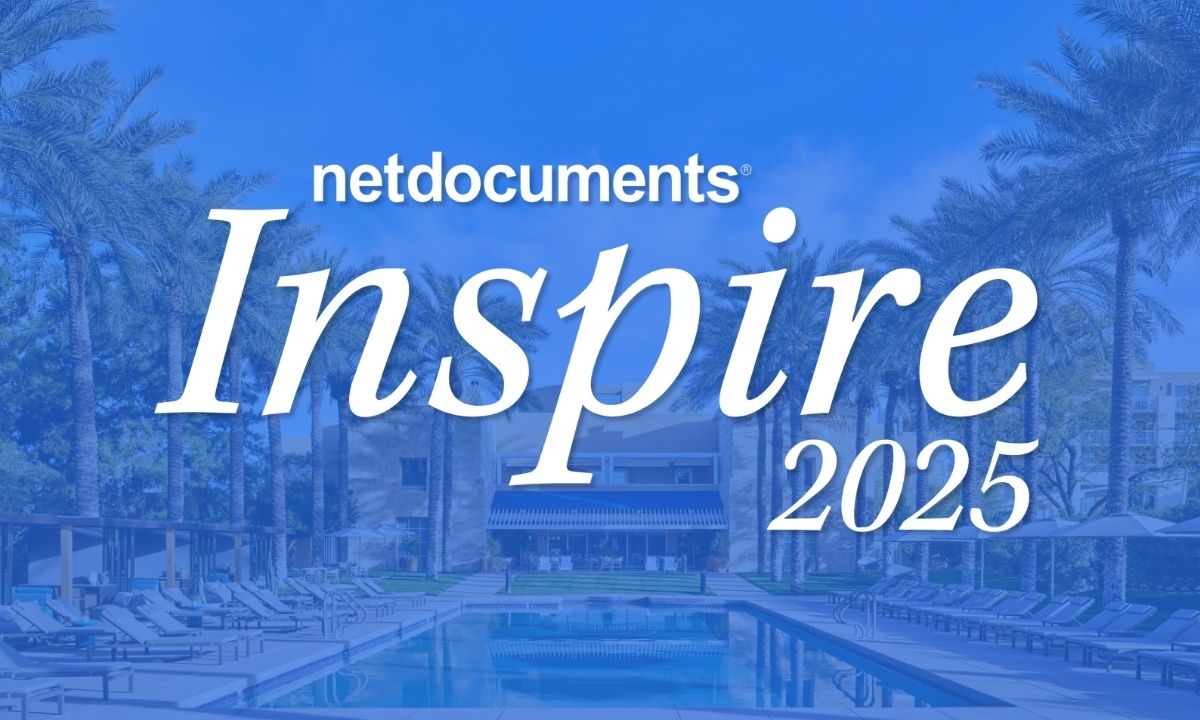
Blog
Is Your Technology Working for You — Or Against You?

Alexander Graham Bell was a futurist and dreamed of a telephone in every town. And while many technologies don’t age well, Bell’s creative invention most certainly has. The global smartphone market was valued at around $378 billion in 2020 and is predicted to exceed $493 billion by 2026.
But what happens when technology fails us, impeding progress and adding stress and frustration to our busy workloads? This is a key question that government agencies and organizations across all industries are asking, particularly when it comes to securely managing and collaborating on critical business information.
Don’t Just Promise, Prove
Document management systems (DMS) help organizations store, manage, and protect mass volumes of valuable information being produced. The amount of data generated daily is predicted to reach 463 exabytes globally by 2025. With the recent and growing shift to hybrid work environments, secure remote access has never been more important for regulated industries such as government, healthcare, and finance. Teams need reliable technology tools and solutions to seamlessly collaborate while also keeping data safe from prying eyes and malicious intent.
Commercial-off-the-shelf (COTS) solution providers often tout the cost savings and productivity improvements their applications deliver. But the bells and whistles that were promised in the buying stage sometimes lose their shine after implementation is complete and usage begins. The goal of technology should always be to help individuals and teams be more productive, efficient, and innovative. And if that’s not happening, it’s a big red flag.
In our latest checklist, we highlight 10 questions to ask in order to assess whether your technology is helping your teams work smarter and more productive — or it’s inhibiting progress by making it more difficult to complete daily tasks and workflows.
Let’s explore a few of the things you’ll want to consider.
Evaluating Your Current Technology Solutions
Does your team have a core technology platform to securely store and manage documents, email, and other work product?
Silos of data spread across disparate repositories are common with legacy content management solutions. Not only is this risky from a compliance standpoint, but it’s not useful for an agency or enterprise to have information that is difficult, if not impossible, to efficiently find and access. A cloud based DMS eliminates this barrier and provides a centralized location that serves as a hub for all information resources. This becomes your single trusted system of record and enables your teams to securely collaborate from anywhere, on any device.
Are you able to organize your documents and email in a meaningful, efficient manner?
Who knew the decades-old phrase “You’ve got mail” would turn into something so big? Today, over 3 million emails are sent every second worldwide to over 7 billion email accounts. Email is an essential form of communication, but it can quickly become chaotic and overwhelming. Organizing emails in folders and subfolders can certainly help reduce the inbox clutter, but what happens when you need an important document buried in the deep file structure from years gone by?
If you have to spend more time searching than actually finding, the productivity goal of your email filing system is not being met. A cloud based DMS with predictive email technology enables emails to be securely filed and accessed by authorized participants as needed. And when individuals leave the team or agency, tasks can be smoothly transitioned to other resources for workflows in progress because the email data is protected with data loss prevention capabilities and stored within the DMS.
Is your team able to securely collaborate and seamlessly share content with external parties outside your department or agency?
Collaboration among teams and external resources is essential to solve problems and work cohesively. During the onset of the pandemic, when millions were forced home for safe social distancing measures, agencies that were prepared to support hybrid work environments with a modern, secure, and compliant process made this transition much easier than those who were reliant on aging technology.
Cloud based DMS solutions have the technical agility to easily adapt and integrate with converging technologies, enabling people to securely connect to their people and business information from any location as needed. Robust security features such as encryption and data loss prevention (DLP) provide controlled access to authorized users, ensuring compliance with data privacy laws.
For government agencies, a DMS provider that is also FedRAMP Authorized ensures government data is consistently protected and the services have been thoroughly vetted by the FedRAMP Program Management Office (PMO). It is critically important to know the difference between FedRAMP Authorized and FedRAMP Compliant. A DMS that is FEDRAMP Authorized has met rigorous compliance and security standards set by the FedRAMP PMO for properly protecting federal data stored in commercial cloud service providers. A cloud service provider that uses a FedRAMP Authorized public cloud (e.g., Amazon AWS, GovCloud, or Microsoft Azure Gov) state their service is FedRAMP Compliant, but the service itself is not FedRAMP Authorized and therefore this service is not recognized by the FedRAMP PMO.
Are you able to securely access documents and email from a smartphone or other mobile device?
Along with other mobile devices, smartphones can be found in almost every hand, home, school, and workplace. Mobile access is credited for approximately half of web traffic worldwide. As hybrid work environments continue to accelerate, the need for digital mobility has become increasingly more important. A cloud based DMS provides secure mobile device access to important business information, enabling workers to complete work and securely communicate while on the go.
Is Your Technology Working for You — Or Against You?
Technology can change and influence the way we work in many positive ways, but only if it’s working for you and is adaptive to your work environment.
It may seem cheesy to coin the old phrase “A ship in harbor is safe, but that is not what ships are built for,” but think of the quote in terms of your agency or organization. If you are not getting the maximum return on your investment and the experience from your current technology solution that you and your teams expect (and deserve), the reality is, you are stuck in the harbor. It’s time to turn the ship around and make sure your technologies are helping your people and organization rise to their full potential.
Download our checklist of 10 questions that can help you evaluate your technology solutions. Want to learn more? Let’s chat!
When performance matters more than promises. That’s Work Inspired.
Explore these other blogs
-

- Blog
Inspire 2025 Phoenix Day 3 Recap: NetDocuments AI Search Makes Its Debut
Michael Owen Hill Director of Product Marketing Another successful NetDocuments Inspire…
-

- Blog
Day 2 Recap from Inspire Phoenix: Innovation Where Great Legal Work Happens
Michael Owen Hill Director of Product Marketing Day two of Inspire…
-

- Blog
Inspire 2025 in Phoenix Day 1 Recap: The Future of Legal Work Is Now
Michael Owen Hill Director of Product Marketing Today marked the beginning…
-

- Blog
The Intelligent DMS: Solving Yesterday’s Frustrations and Creating New Solutions for Tomorrow
Michelle Spencer Lead Technology Strategist Legal professionals have always demanded more…
netdocuments


